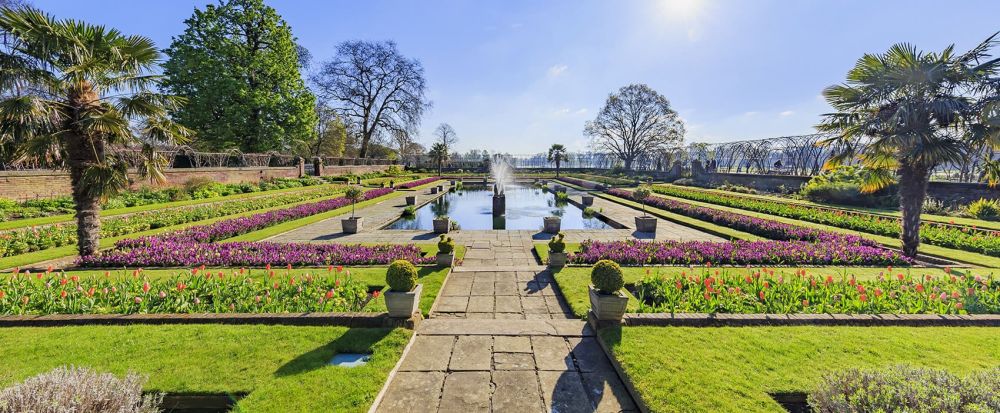

Hyde Park, located in the heart of London, is one of the eight Royal Parks and a jewel in the crown of the city's green spaces. Spanning 350 acres, it has been a destination for tourists since its opening to the public by King Charles I in 1637.
Originally acquired by Henry VIII from the monks of Westminster Abbey in 1536, Hyde Park was initially used as a hunting ground. Its evolution into a public space began when it was officially opened for the general populace to enjoy. Not only was it a recreational area, but it came to serve as a venue for national celebrations and a gathering place for demonstrations and protests over the centuries. Major historical events, such as the Great Exhibition of 1851, held in the Crystal Palace constructed in Hyde Park, marked the park's significance in tourism, drawing millions of visitors from around the world. Even before this grand event, the park's allure was undeniable with features like the Serpentine Lake, Rotten Row, and the Speaker's Corner adding to the park's early touristic appeal.
Moving into the 20th century, Hyde Park saw increased visitation with the advent of easier transportation and a growing middle class with leisure time. The park's role expanded to include memorials such as the 7/7 Memorial and the Princess Diana Memorial Fountain, which have since become significant points of interest.
Throughout the years, Hyde Park has continuously adapted to the changing needs and interests of its visitors. The 20th century also brought about the institution of cultural and musical events, from renowned concerts to open-air theater performances, attracting both domestic and international tourists.
Today's tourism trends in Hyde Park mirror the global shift towards experiential travel and sustainability. Visitors increasingly seek out authentic experiences, engaging with the park's history through guided tours and interactive educational initiatives. There is also a growing emphasis on the park's wildlife and eco-preservation efforts, as tourists become more environmentally conscious.
Moreover, Hyde Park has embraced the digital age to enhance the visitor experience. With advanced mobile apps and augmented reality offerings, tourists can now discover the park's rich past and vibrant present through technology.
As Hyde Park continues to be an indispensable component of London's touristic landscape, the park evolves, ensuring that it remains a cherished destination for both its natural beauty and its pivotal place in London's cultural and historical narrative. Its longevity as a tourist hotspot is a testament to its enduring appeal and its capacity to rejuvenate itself, resonating with generations of visitors from all over the globe.